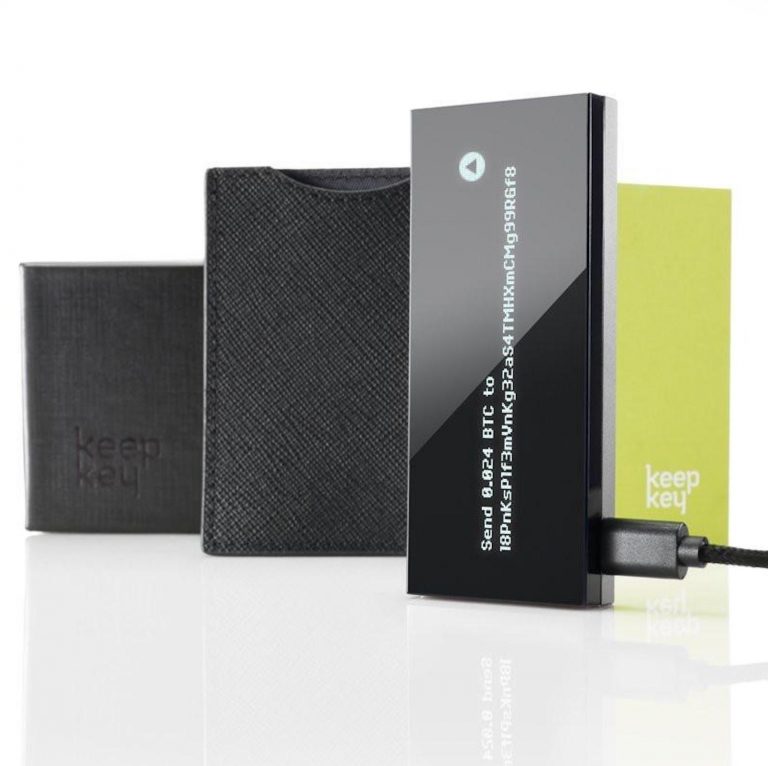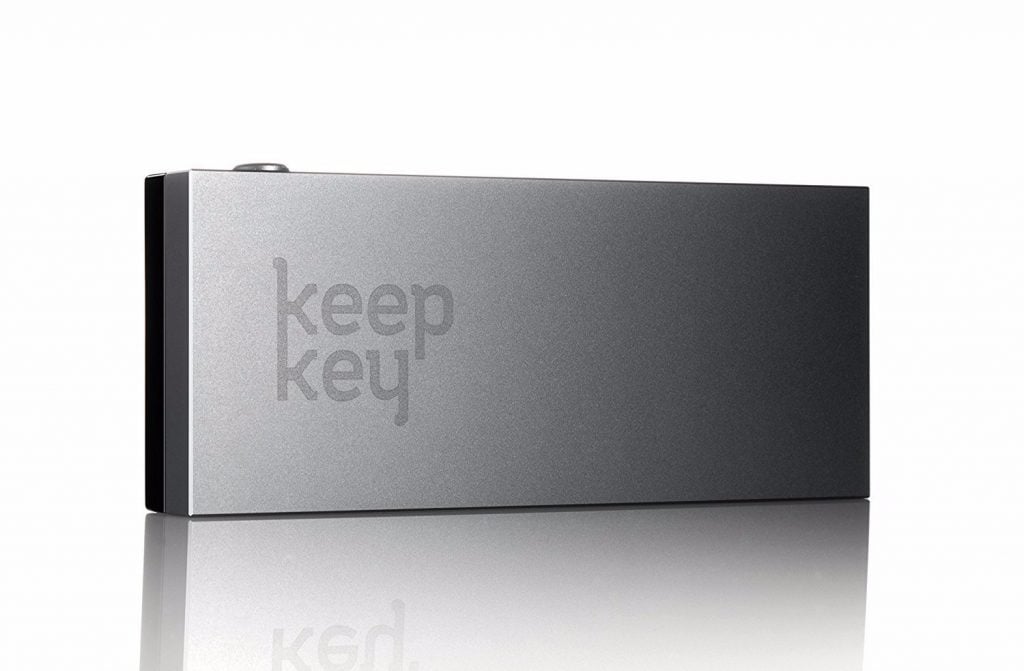
Hardware wallets, like the cryptocurrency stored within them, can provoke strong emotions in their owners. Hodlers like what they like, and that’s the end of the matter. If the first hardware wallet you bought was a Ledger, you’re probably Ledger for life. Likewise if you’re in Team Trezor. Keepkey, which completes the holy trifecta of hardware wallets, is less famous than its siblings, but the sleek black plastic device still packs a punch.
Also read: A Review of the Swiss-Made Digital Bitbox Hardware Wallet
Is Keepkey a Keeper?
At Consensus New York, my budget wouldn’t stretch to the €49,000 diamond-encrusted Nano on display, but there was space in my bag and my heart for a Keepkey. At $129, it’s a little pricier than the Ledger Nano or Trezor One, but cheaper than the swish new Trezor Model T. I should probably add a warning at this stage, incidentally: the review you’re about to read is painfully long, which is a reflection of how long it took to get this damn wallet working. But we’ll get to all that in due course. First, let’s start at the start…

Ever since last year, Keepkey has been the property of Shapeshift, who bought up the company, enabling Keepkey users to exchange between cryptos without exposing their private keys online. Keepkey promises “bank-grade security,” whatever that means, and a system so easy that “even your grandmother can protect her bitcoin wealth,” which seems a little patronizing. If gran was smart enough to buy bitcoin, she’s surely got the perspicacity to work a paper wallet.
Beauty Is in the Eye of the Behodler
It’s funny how much form, rather than function, influences our purchasing decisions – even when we’re purchasing a cryptocurrency wallet that’s destined



